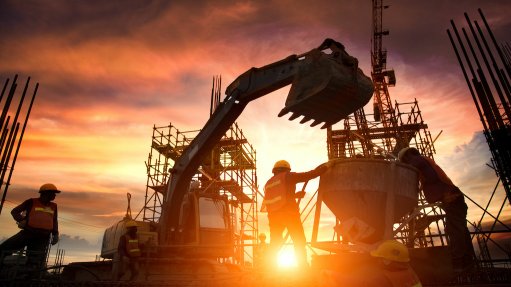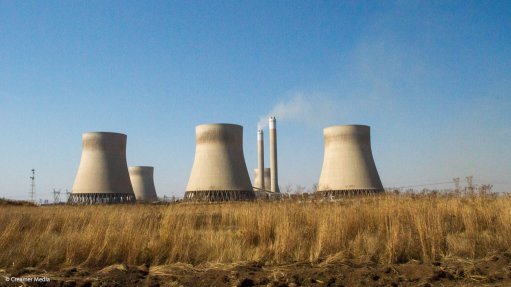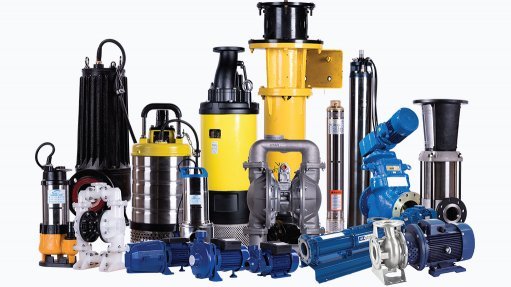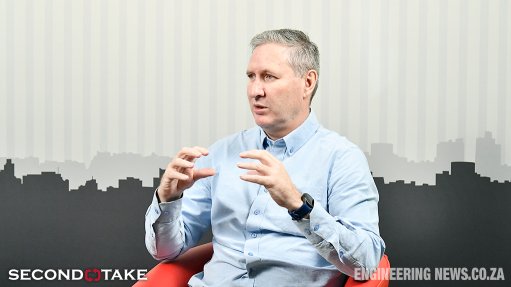Understanding the E in ESG: tenants' needs will inform how building owners and developers comply with SA’s green building standards
This article has been supplied.
By Kagiso Mahlangu - Partner: Director and Head of Real Estate and Conveyancing Practice at CMS South Africa
South Africa is under growing internal and external pressure to rein in its carbon emissions, particularly as the effects of the climate crisis become ever clearer. That’s unsurprising, given that the country is among the top 15 emitters of greenhouse gases worldwide. At the same time, it needs big construction projects to help kickstart a moribund economy and deliver job creation.
At first glance, those issues may seem at cross purposes. After all, the building and construction sector is responsible for approximately 40% of global greenhouse gas emissions.
But that needn’t be the case. Even as South Africa implements green building standards, building owners and developers can and should consider their tenants’ needs as they look to embrace more environmentally friendly ways of operating.
Drivers of change
In fact, in the building and development space, a good understanding of what tenants need and want can help drive positive environmental change and shape the way we approach building for the better. This is true of residential, retail, office, or mixed-use settings.
Take electricity, for example. Eskom, which provides the vast majority of the country’s power, is a massive polluter. But it’s also become unwieldy and unreliable, with the country already having experienced record levels of load shedding in 2023. Massive price increases over the past few years have also made electricity a much bigger budgetary consideration than it once was.
While there will undoubtedly be tenants looking for greener buildings because they care about emissions, many more simply want reliable power and to know how much they’re going to be paying for it at the end of the month. But those aren’t contradictory aims. Building developers can provide more reliable and greener power by investing in renewable energy where possible (in the long run, such power can also be cheaper). They can also help tenants save money on electricity bills by ensuring that the building is as energy efficient as possible.
The same, to varying degrees, is true for things like water usage (especially for people who witnessed the acute shortages in Cape Town and Gqbergha first-hand), waste management, and material selection. Over time, and as ordinary citizens become more acutely aware of the need for environmentally-considered development, things like future-proofed designs (how climate resilient is the building) and innovations around technology will become increasingly important too.
Ultimately, it’s important for developers and tenants alike to remember that the environment isn’t something that’s separate from the built world. The latter not only sits within the former but has a profound impact on it too. The sooner people understand that the sooner they can ensure that positive action is taken in the construction and development sectors.
Integrating the E in ESG
It’s also important that developers bear in mind that these environmental considerations should also integrate with ones focused on social and governance issues. Together, these considerations fall within a broader (and evolving) ESG framework that is fast becoming de-facto in the business space.
Social considerations include things like community impact (does the development affect access to public and private transport? Is there a way to ensure that its impact is positive?) and accessibility (both in the economic sense and in consideration of differences in physical abilities).
Governance, meanwhile, concerns things like procurement (including supply chain management) and stakeholder engagement.
Here again, building owners and developers can make integration easier by ensuring that they understand the wants and needs of their tenants. They’re the ones who’ll be using the building day in and day out and have the best knowledge of what’s required.
Don’t wait until the law catches up
Should developers and building owners take their tenants’ lead when it comes to things like environmental considerations, they’ll actually be ahead of the game too. While there aren’t really any major pieces of legislation forcing buildings to meet emissions and energy efficiency standards right now, they will come.
Perhaps the strongest signal of this shift can be seen in upcoming regulations that mean non-residential buildings will be required to obtain and display an Energy Performance Certificate (EPC). The requirement, which has admittedly been pushed back twice, applies to offices, entertainment facilities, educational institution buildings, and places of public assembly such as indoor sporting facilities and community centres. Buildings also have to be more than two years old and have a net floor area of over 1000m2 for government buildings and 2000m2 for privately owned buildings to be impacted by the certification requirement.
While buildings don’t have to achieve specific thresholds to obtain the certification, they do act as a form of incentive for building owners to make positive changes. After all, no one wants to publicly display a sign showing that their building has poor energy efficiency.
Other laws and measures will come too. But in order for real, meaningful change to happen quickly, tenants must put pressure on developers and building owners and those developers and owners must listen, and adapt to, the evolving needs and wants of those tenants.
Comments
Announcements
What's On
Subscribe to improve your user experience...
Option 1 (equivalent of R125 a month):
Receive a weekly copy of Creamer Media's Engineering News & Mining Weekly magazine
(print copy for those in South Africa and e-magazine for those outside of South Africa)
Receive daily email newsletters
Access to full search results
Access archive of magazine back copies
Access to Projects in Progress
Access to ONE Research Report of your choice in PDF format
Option 2 (equivalent of R375 a month):
All benefits from Option 1
PLUS
Access to Creamer Media's Research Channel Africa for ALL Research Reports, in PDF format, on various industrial and mining sectors
including Electricity; Water; Energy Transition; Hydrogen; Roads, Rail and Ports; Coal; Gold; Platinum; Battery Metals; etc.
Already a subscriber?
Forgotten your password?
Receive weekly copy of Creamer Media's Engineering News & Mining Weekly magazine (print copy for those in South Africa and e-magazine for those outside of South Africa)
➕
Recieve daily email newsletters
➕
Access to full search results
➕
Access archive of magazine back copies
➕
Access to Projects in Progress
➕
Access to ONE Research Report of your choice in PDF format
RESEARCH CHANNEL AFRICA
R4500 (equivalent of R375 a month)
SUBSCRIBEAll benefits from Option 1
➕
Access to Creamer Media's Research Channel Africa for ALL Research Reports on various industrial and mining sectors, in PDF format, including on:
Electricity
➕
Water
➕
Energy Transition
➕
Hydrogen
➕
Roads, Rail and Ports
➕
Coal
➕
Gold
➕
Platinum
➕
Battery Metals
➕
etc.
Receive all benefits from Option 1 or Option 2 delivered to numerous people at your company
➕
Multiple User names and Passwords for simultaneous log-ins
➕
Intranet integration access to all in your organisation





















